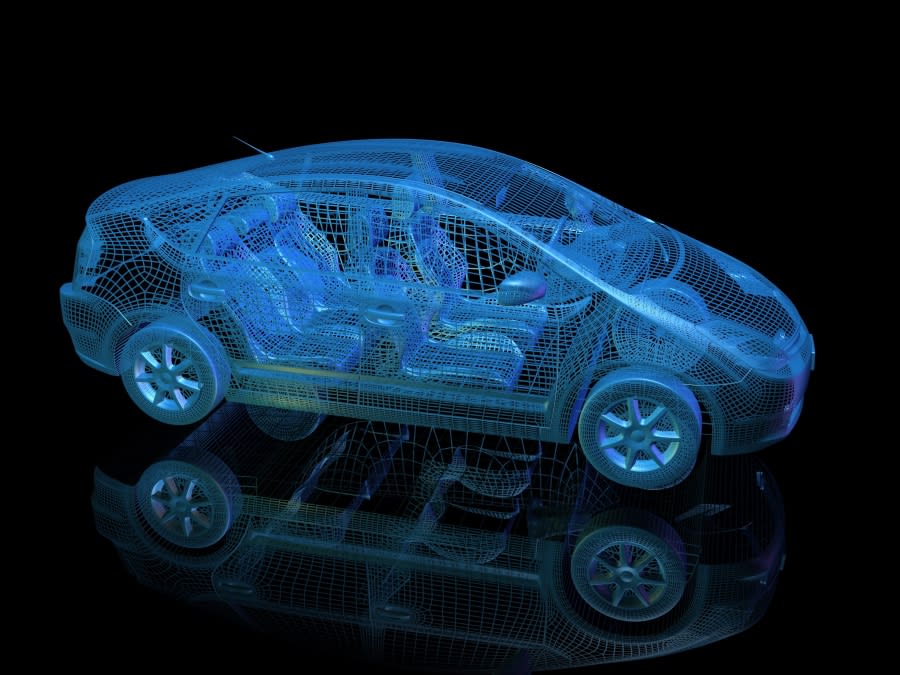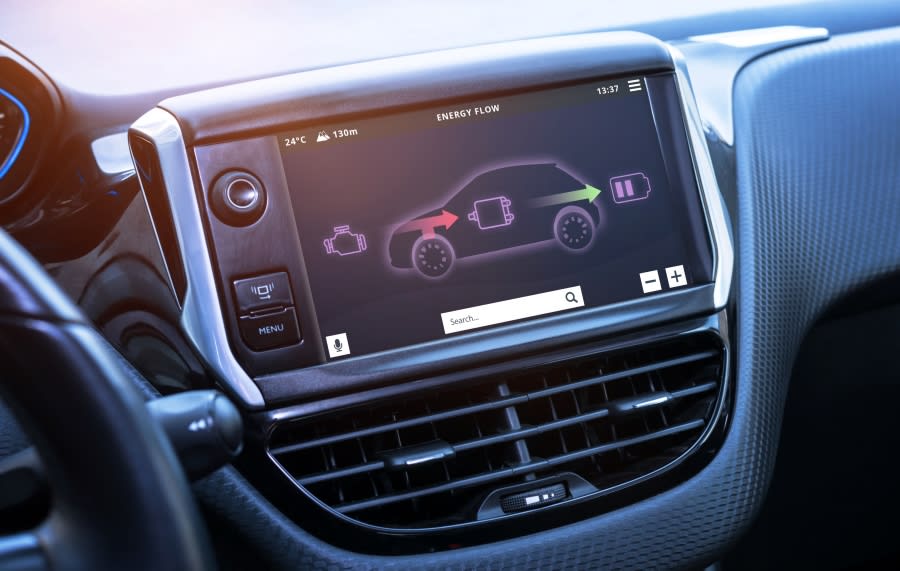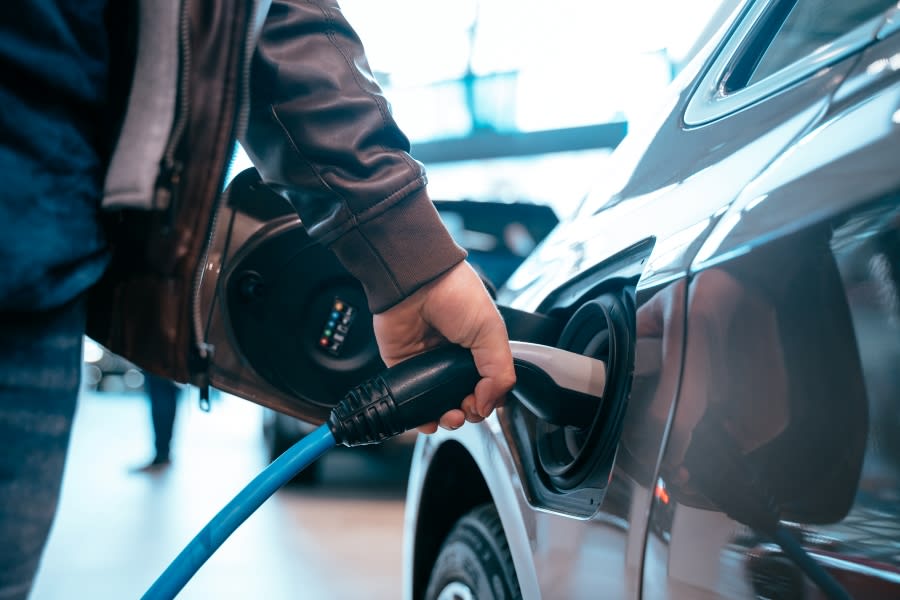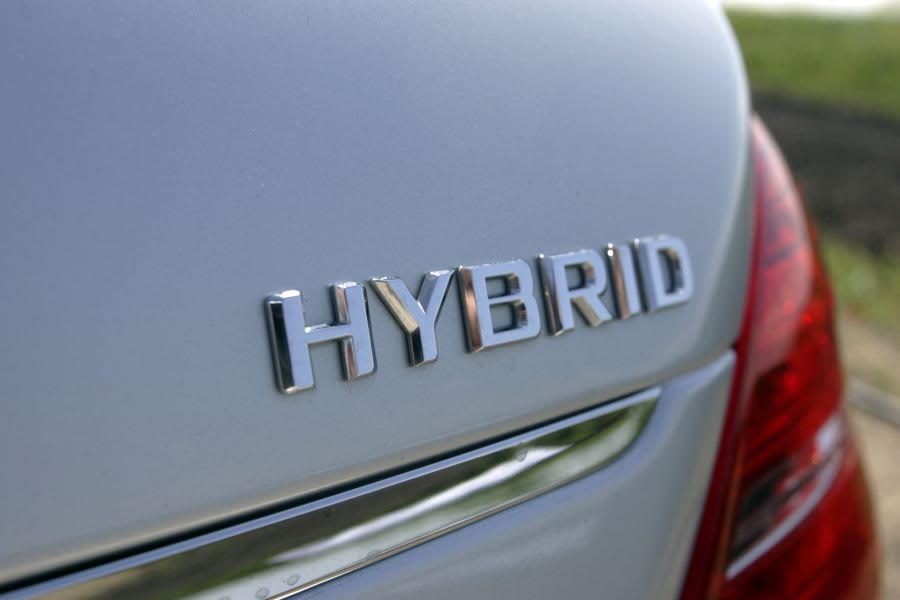Introducing an 'Eye on the Automotive Industry'; a collection of articles exploring topical areas of the automotive and leasing industry. As part of an ongoing series we focus on industry based topics that can sometimes be confusing, or perhaps just need explaining in a bit more depth.
In this first article we begin with taking a look at the different types of hybrid vehicles that are available - and more importantly what the differences really mean!
HEV, PHEV, MHEV: What does it all mean and what tells them apart?
The hybrid car has been with us for a while now, perhaps most famously since the Toyota Prius became popular.
The name describes any system that uses more than one energy source to power a car.
Most commonly, it describes a car with both a petrol fuel tank connected to an internal combustion engine and a battery connected to one or more electric motors.
Some hybrids can be plugged in, allowing you to fill the car’s battery with electricity which is much cheaper than petrol. Others can’t be plugged in and restrict you to more expensive ‘petrol only’ fuelling.

Some performance hybrids also use the combined energy sources to increase a car’s power, too. The best hybrid systems switch seamlessly between electric motor and engine, meaning you don’t need to worry about the technology; just focus on driving.
The world of hybrids has expanded dramatically in recent years, and there are now several different types that you’ll see described when looking to lease a new car. It can get a bit confusing if you’re new to it, so here’s our quick guide on what’s what.
Full Hybrid: HEV, Hybrid, Self-Charging Hybrid
A full hybrid car is often just known as a ‘hybrid’ or a ‘self-charging hybrid’. Cars like the Toyota Prius and Honda Insight are long-established popular full hybrid cars. These systems combine an internal combustion engine – usually petrol-powered – with a small battery and electric motor.
The battery is charged both from the petrol engine itself and from kinetic energy recuperation during coasting and braking.
Most of the time, the engine does the bulk of the work, but the electric system can help in a couple of ways. It can either add extra oomph under acceleration, or it can provide electric-only power for short distances; usually a mile or two.

Full hybrid cars are generally cheaper than the plug-in hybrid models that we’ll talk about shortly, but they don’t have the potential for large fuel saving reductions, as you can’t plug them in to charge with cheap electricity.
While energy recuperation (also known as regenerative braking) can help top up the battery, much of the charge ultimately comes from the engine.
Plug-in hybrids: PHEV
Plug-in hybrid electric vehicles, often known as PHEVs, take the full hybrid concept and add an extra element: you can fill up the battery by plugging the car into the mains, either at home, work, or when you’re out and about.
PHEV batteries are about 10 times larger than full hybrid batteries, which gives them a much larger electric-only range; the latest PHEVs can manage about 40 miles on a single charge, during which time they use no petrol or diesel at all. 25-30 miles’ battery range is currently the norm for PHEVs.
You can charge the battery up using a regular three-pin plug or a faster, dedicated home charging wallbox. Please note: most PHEVs can’t be ‘rapid’ charged at motorway service stations. If you’re on a long trip, best to use up your battery miles first and then let the petrol engine take over for the rest of the journey.

In many ways, a PHEV offers the best of two worlds: the zero-emission, cheap electric power of a full electric car, but with a combustion engine to fall back on if you need to do longer journeys and don’t want to have to charge. They offer the potential to lower fuel bills – as long as you remember to charge the battery each day ¬- and are also very attractive to company car leasers. The low official CO2 emission ratings mean that benefit-in-kind tax is far lower than a regular petrol or diesel car.
There are some drawbacks though. Firstly, PHEVs are often more expensive than other models. Secondly, all that electrical equipment is heavy, so PHEVs tend to weigh more than their conventional equivalents. But you can turn having a battery to your advantage by charging every day with low-cost electricity.
If you keep the journeys short enough to lean mostly on electric power, a tank of fuel could last for months. But if you don’t keep it charged, or do mostly longer journeys, you’re effectively using a regular engine to haul heavy, empty electrical components around. In that situation, your fuel consumption will be worse than a regular car.

Most major manufacturers now offer plug-in hybrid vehicles. The majority use petrol engines, but some, such as Mercedes-Benz, also offer diesel PHEVs, which can get better fuel economy on longer journeys.
Some high-end manufacturers, such as Ferrari and McLaren, use PHEV technology as a performance enhancer; the combined power of a petrol engine and strong electric motor can make for scintillating acceleration.
Mild hybrids: MHEV
Mild hybrid systems are essentially an add-on to a regular petrol or diesel car. They use a small motor/generator within the drivetrain, in place of the alternator. Such systems can recoup energy and redeploy it under acceleration, but can’t power the car on their own.
In reality, mild hybrids aren’t really electric cars at all. They’re a helping hand to reduce emissions and have a relatively small effect overall, but are cheaper than the other systems, and weigh less, too.
Mild hybrid systems are increasingly found on more affordable cars, where the added cost of a larger hybrid system would make them too expensive.
Summary:
PHEVs
- Part electric, part traditional ICE engine
- Powered by both a medium size battery and a petrol/diesel engine
- Fill with electricity and petrol or diesel
- Helps the environment (if charged daily)
- Moderate fuel savings (again, if charged daily)
HEVs
- Traditional engine + a very small battery
- Powered by a petrol/diesel engine + some support from the battery
- Fill with petrol/diesel only
- Few environmental benefits
- Minor fuel savings
MHEVs
- Traditional engine with a small motor/generator system within
- Powered by a petrol/diesel engine + a little support from the system
- Fill with petrol/diesel only
- Few environmental benefits
- Minimal fuel savings
For even more information on Hybrid and Electric vehicle leasing browse our Leasing Guides here!
Enjoyed this? Read more of our industry insights shortly - or check out our latest news below:
-
Latest electric vehicle news - January 2022
-
More bang for your buck with Skoda Kodiaq and Kamiq SUVs
- Jeep unveils new mild hybrid Renegade and Compass models
-
New Renault Austral SUV teased
-
The Mercedes-Benz VISION EQXX - the future of electric?
Where To Next?
For all the latest reviews, advice and new car deals, sign up to our newsletter.
Looking for a great leasing deal? Check out our incredible range of car lease deals.
Read our latest reviews and find the right model for you.
Want to know more about hybrid and electric leasing? Take a look at our comprehensive leasing guides.
Interested in everything motoring? Why not catch up on all the latest car leasing news.














